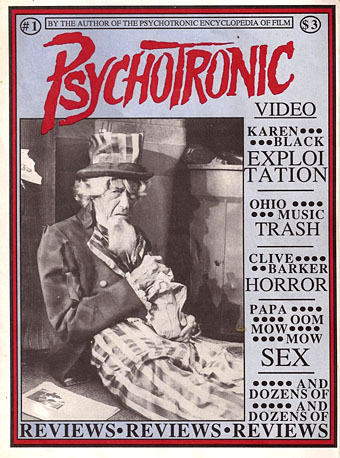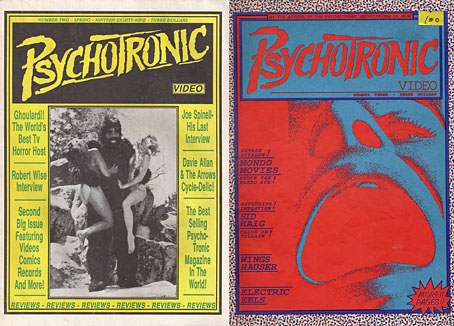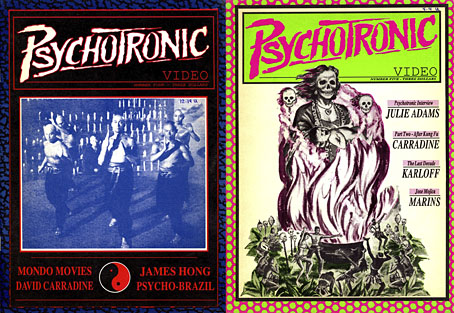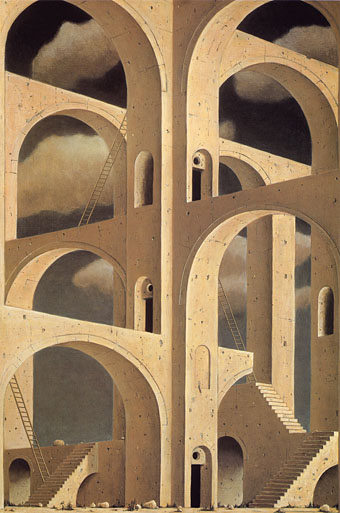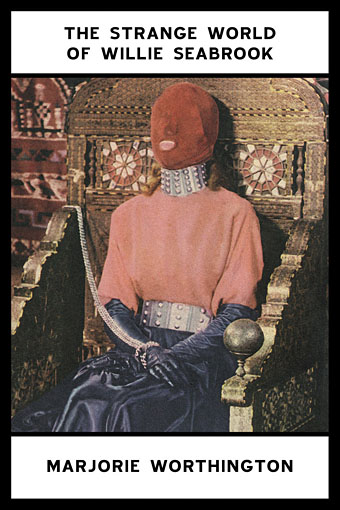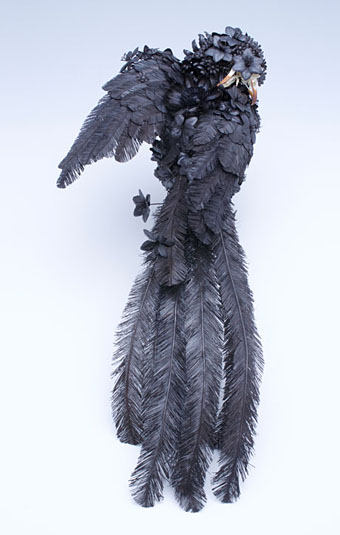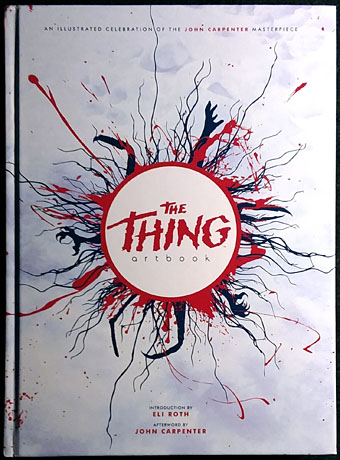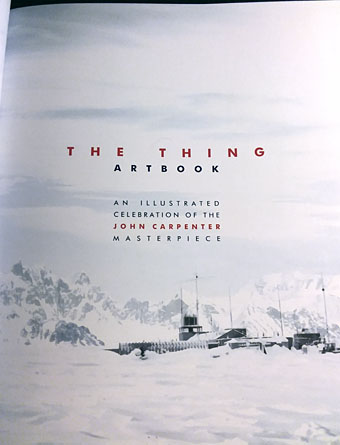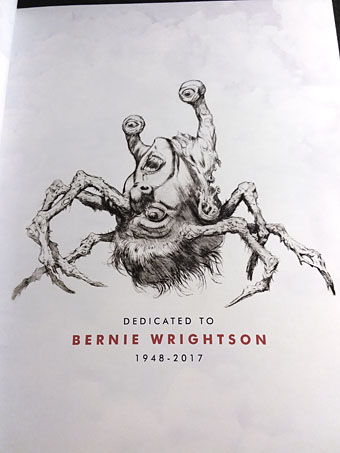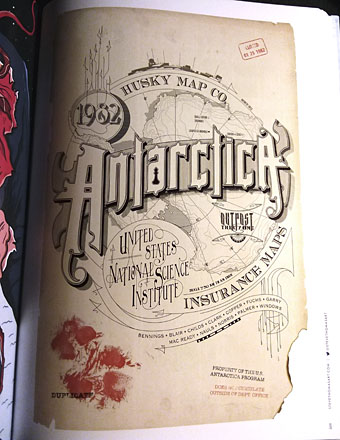I was going to wait until the weekend to mention this but it’s too good to be lodged in a collection of links. Michael J. Weldon’s Psychotronic Encyclopedia of Film (1983) has long been one of my favourite film books, a collection of reviews by Weldon and friends written for Weldon’s NYC fanzine, Psychotronic TV. “Psychotronic” was Weldon’s umbrella label for the low-budget fare that would usually be avoided by other reviewers: “horror, exploitation, action, science fiction, and movies that used to play in drive-ins or inner city grindhouses.” A small handful of actors were considered psychotronic enough (on account of their appearing in many psychotronic films) that Weldon claimed their presence in any film made it psychotronic even if it contained no overt genre or exploitation content. So the Encyclopedia lists Fellini’s 8 1/2, for example, simply because Barbara Steele appears in it. Likewise, Casablanca is psychotronic because of Peter Lorre. As I recall, the other psychotronic actors were John Carradine (“the greatest PSYCHOTRONIC star of all time”), Vincent Price, Boris Karloff and Bela Lugosi.
The trouble with books of film reviews is that the passage of time makes them increasingly subject to omissions, so I was delighted when Weldon launched Psychotronic Video magazine in 1989. Not only was this a continuation of the encyclopedia’s film listings it was also filled with related features: interviews with character actors, cult figures and interesting stars (Karen Black, James Coburn); a regular music column which mostly covered the kinds of bands who would watch psychotronic films; a regular obituary feature; and pages crammed with bizarre and curious graphics: film ephemera, ads from old magazines, headers by comic artist Drew Friedman, and mermaid drawings by Weldon’s girlfriend, Mia. One of my favourite features, which ran from the first issue, concerned Weldon’s obsession with The Rivingtons’ Papa Oom Mow Mow and The Trashmen’s Surfin’ Bird, an ideé fixe which had Weldon cataloguing as many cover versions or film inclusions of the songs as he could find.
Psychotronic Video ran for 41 issues until folding in 2006. I bought the first 23 or so then lapsed after the one comic shop selling it in Manchester was closed down by the IRA bombing of the city centre in 1996. Back issues are increasingly scarce (and not always cheap) so it’s good to find all 41 issues at the Internet Archive together with 10 issues of the even more scarce Psychotronic TV. The quality isn’t perfect—some of the scanned pages are subject to blurring—but I can now see what was in the rest of the magazines, and finally get to read the Timothy Carey interview in the one issue I missed, no. 6. Many of the actors interviewed with enthusiasm by Psychotronic Video have since died so the magazine is even more valuable for its insights into careers ignored by other publications.
Previously on { feuilleton }
• Bikers and witches: Psychomania
• The Cramps at the Haçienda

